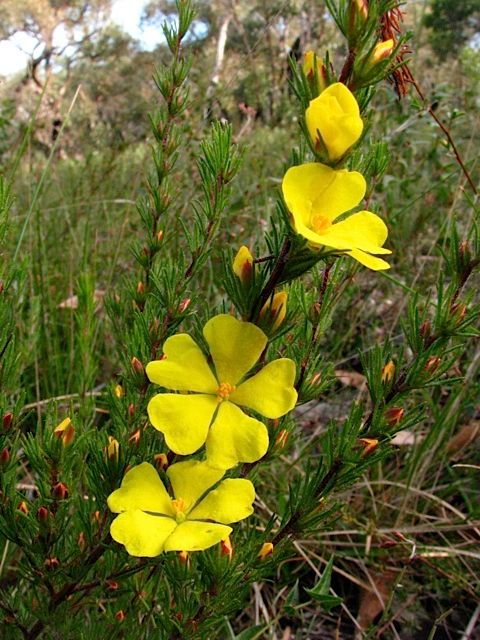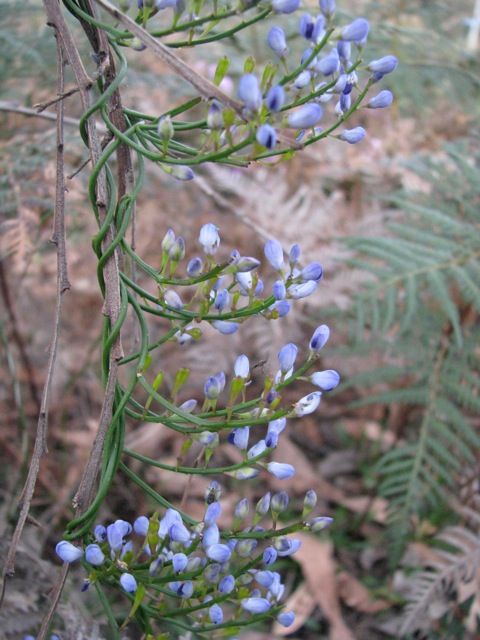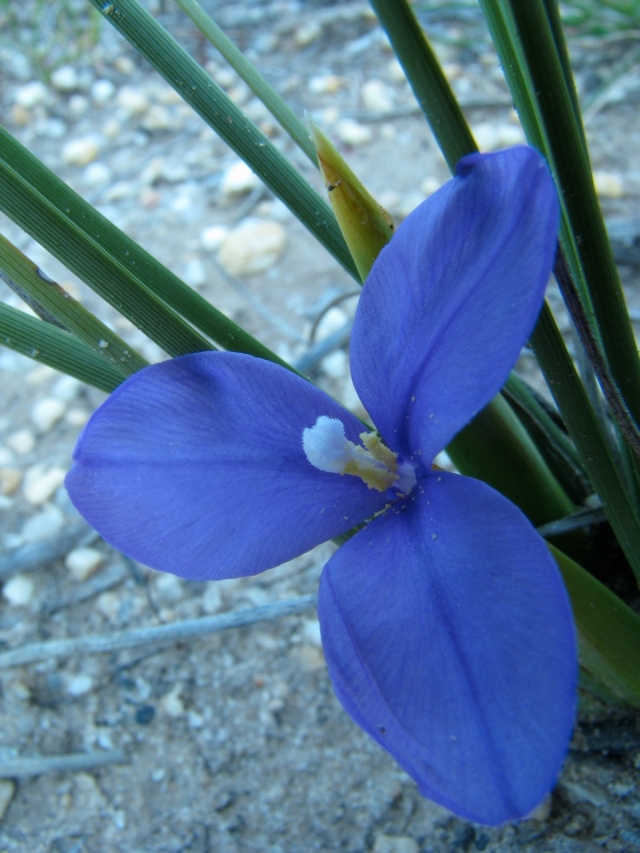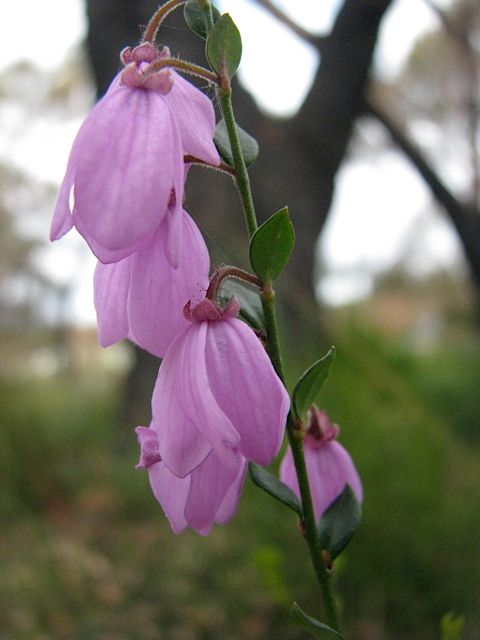Wow…what a spring! All the rain has really encouraged good spring growth, and our heathlands are a sea of colour and providing a fine display of our glorious flora diversity.
White daisies seem to me to have been particularly prolific. In our heathlands there have been huge swathes of the low-growing, white papery flowers of the Blunt Everlasting Argentipallium obtusifolium. In wooded heathlands the shrubs of Cyprus Daisy-bushes Olearia teretifolia have been covered in their tiny white flowers. In moist forests the tall bushes of Snowy and Dusty Daisy-bushes O. Phlogopappa var. phlogopappa and O. lirata are developing profuse clusters of attractive flower-heads which, when in flower, gleam like lights against the green background. I find it a challenge to identify which plant is which.

Dusty Daisy-bush
However all colours are in the mix. The large single yellow flowers of Button Everlasting Helichrysum scorpioides have popped up everywhere, and their gorgeous, compacted flower-heads are worth a close look with a magnifier. Bright yellow is also shining out from the mostly low-growing Guinea-flowers Hibbertias and Goodenias.

Hibbertia
Competing, or taking over, from the wattles as a backdrop have been the copious bunches of hooded flowers of the Large Push-pea Pultenaea daphnoides.

Large-leaf Bush-pea
Blue has been evident in smaller flowers such as the multitude of tiny pea flowers of the delightful and exotically named Love Creeper Comosperma volubile.

Love Creeper
Less showy are the Flax-lilies Dianellas with their delicate flowers hanging down in the fine foliage contrasting with the robust, strap-like leaves with prominent midrib.

Flax-lilly
Purple is to be found this month in another, but more showy lily, the Short Purple-flag Patersonia fragilis.

Short Purple-flag
The beautiful Fringe Lilies have started flowering with the small, light-purple flowers of the Climbing Thysanotus patersonii, to be followed this month by the bigger flowers of Branching Fringe Lily T.juncifolius. Did you know that these delicately fringed flowers only open in the sun, and each one lasts just one day?

Twining Fringe-lily
Orange has been dominated by the spectacular apricot flowers of Showy Parrot-pea Dillwynia sericea subsp, but this plant often tricks us by being yellow or red.

Showy Parrot-pea
This month be on the lookout for the latest Parrot-pea to flower, the graceful Smooth Parrot-pea D. glaberrima with yellow and red flowers. Have a close look and you will see the stem’s leaves and calyx are hairless.
Pink has been seen in striking displays of Pink Bells Tetratheca ciliata, sometimes called Black-eyed Susan, but you need to lift up the drooping bell-shaped flowers and look inside to see the reason for this common name.

Pink Bells
Red has been apparent in carpets of Running Postman Kennedia prostrata which I wrote about last month.
There are so many more I would like to highlight, but I must stop here and leave you to explore for yourself with the use of your colour-coded Flowers of Anglesea and Aireys Inlet.
Hold on… how about the spectacular flowering of Rusty Pomaderris Pomaderris ferruginea!
Ellinor Campbell